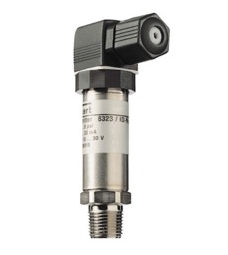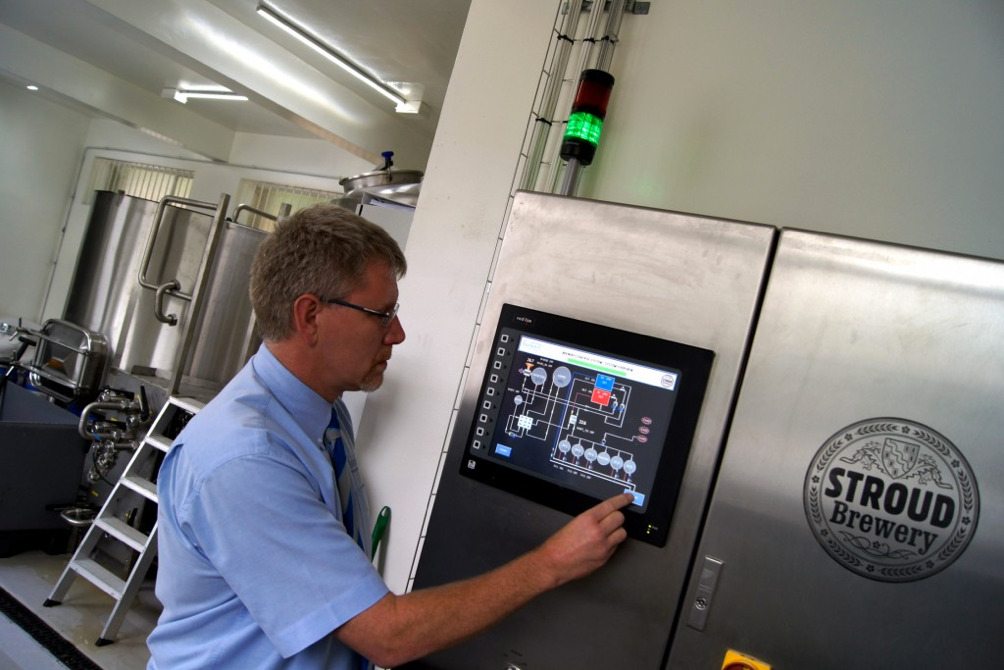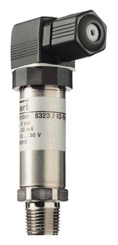
What is a pressure transmitter?
BM Engineering Supplies has a wide range of pressure measurement instrumentation, including devices from Bürkert. In this article, we explain what pressure transmitters are, how they work and the advantages of using one.
What are pressure transmitters?
A pressure transmitter or pressure sensor is a device that measures pressure in a liquid, fluid, or gas and is used if the process conditions no longer allow direct attachment of a pressure sensor. While pressure transmitters are similar to other gauges, they are essential to many applications.
How do pressure transmitters work?
There are various different types of pressure transmitters. Some measure high speed changes in pressure using piezoelectric materials, which convert mechanical force in the form of pressure into an electric current. Whereas gauge pressure sensors rely on pure air pressure to move an actual meter. These can be calibrated to a specific atmospheric pressure.
What are the advantages of pressure transmitters?
Pressure transmitters can withstand virtually any environment and can even be completely submerged. They are made of piezoelectric materials, which are immune to both radiation and electromagnetic fields, and they can be connected to other systems, such as electrical circuits, as well as being calibrated to measure pressure relative to atmospheric pressure.
Our pressure transmitters from Bürkert
Bürkert’s flow rate controller, Type 8750, is a system to measure and control gases using the differential pressure principle. The reliable and robust system consists of an ELEMENT continuous control valve, Type 2301, with the compact process controller Type 8693 and two pressure transmitters, Type 8323. These components are supplied within an assembled system including a special body.
The Bürkert flow rate controller does not need a separate flow meter. The control valve serves as orifice plate. From the pressure difference across the valve and the given density and temperature a nominal flow can be calculated. Therefore, the flow characteristics of the valve are given to the process controller. The volume flow can then be adjusted by changing the stroke of the control valve.
All components of the control loop build an integrated system. The flow rate controller offers a high repeatability and large measuring range. With the combination of orifice plate and control valve the pressure drop is reduced in comparison to conventional solutions. With the variable orifice of the control valve the measurement range is increased. Low assembly costs and easy commissioning are further advantages of this unique system.
Speak to BM Engineering Supplies today about our complete range of Bürkert Pressure Transmitters by calling 0141 762 0657 or email sales@bmengineering.co.uk.



